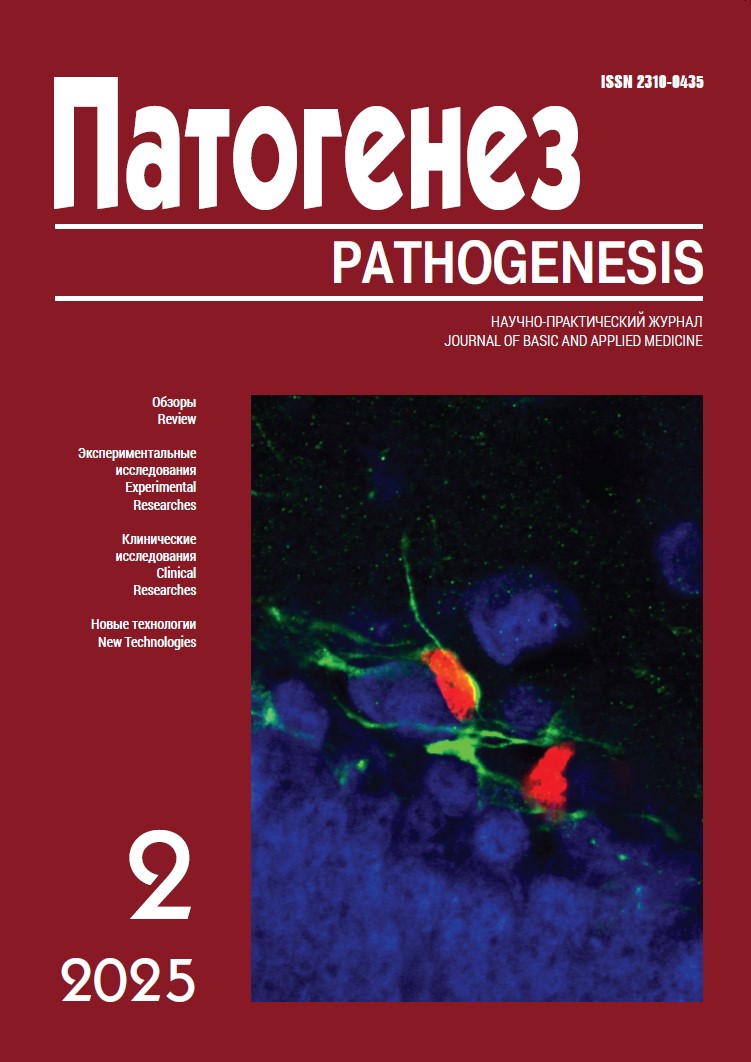The effect of Calendula officinalis polysaccharides on some physiological parameters of animals with swimming stress
Abstract
Introduction. The widespread use of various types of stress leads to the search for new, effective and fast methods of stress management and its consequences.
The aim of the study was to determine the effect of calendula inflorescence polysaccharides (CIP) on blood cellular composition, catalase and succinate dehydrogenase (SDH) activity during swimming stress in rats.
Materials and methods. The study was performed on 30 Wistar rats divided into 5 groups: intact, 2 control (stress of “forced swimming” until complete exhaustion, 1 and 7 days) and 2 experimental (stress of “forced swimming” until complete exhaustion, 1 and 7 days + intraperitoneal administration of CIP). A blood test was performed on a URI T-5160 hemoanalyzer, catalase and SDH activity were determined. Statistical analysis was performed using Statistica 13.0 and Microsoft Excel.
Results. The most pronounced changes in the hemogram were found after 7-day swimming stress: a decrease in the average volume of erythrocytes (–7%), % lymphocytes (–24%), and an increase in % neutrophils (+29%) and the number of platelets (+44%) and leukocytes (+9%). Catalase activity did not change, while SDH activity was reduced by 15%. After a single swimming load, the changes were similar, but less pronounced, and in most cases did not reach the level of statistical significance. Under the conditions of using CIP, the greatest number of significant changes was found in group V (7-day stress + CIP): an increase compared to the corresponding control in the number of erythrocytes (+104%), hemoglobin level (+45%), % lymphocytes (+24%), as well as a decrease in % neutrophils (–29%) and a decrease in the number of platelets (–42%) and leukocytes (–3.5%). Catalase activity increased by 45%, SDH by 46%, exceeding the values of intact animals.
Conclusion. The polysaccharides of calendula inflorescences have a pronounced stimulating effect on adaptive reactions under stress, activating the components of the antioxidant system (catalase) and tissue respiration (succinate dehydrogenase), as well as normalizing hemogram parameters. The most pronounced adaptogenic effects are achieved under sub chronic stress by daily intraperitoneal administration of polysaccharides.




